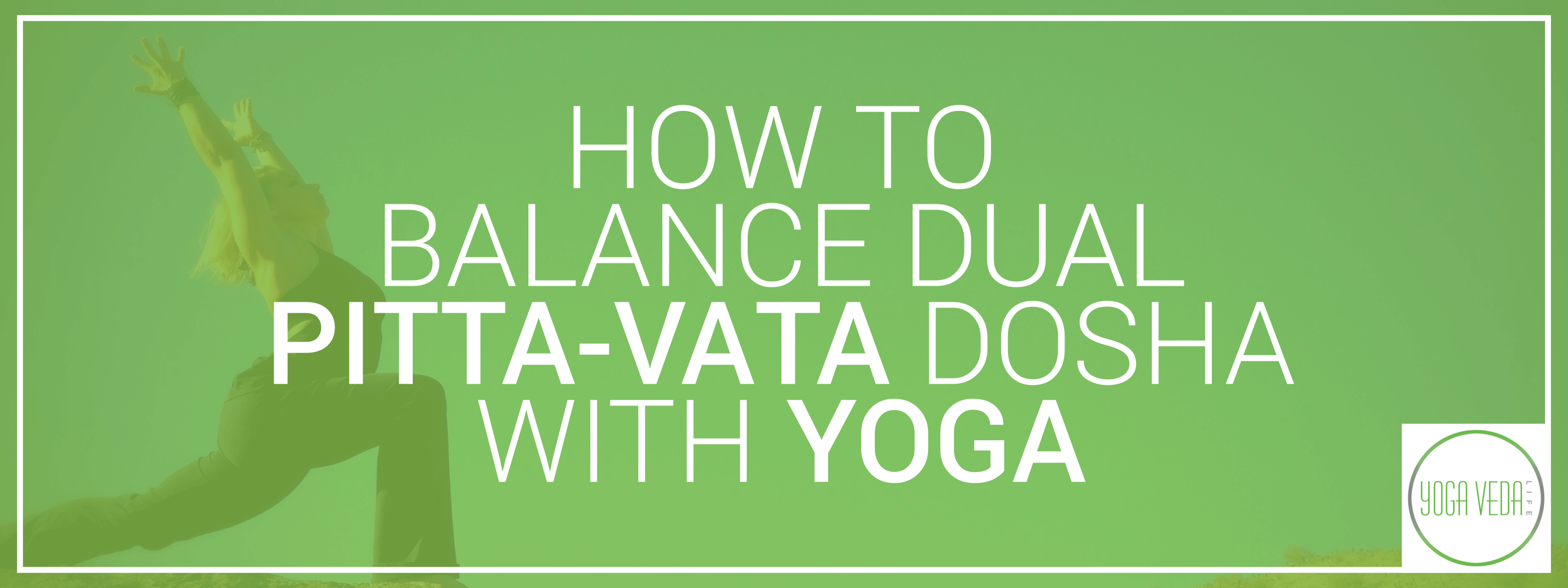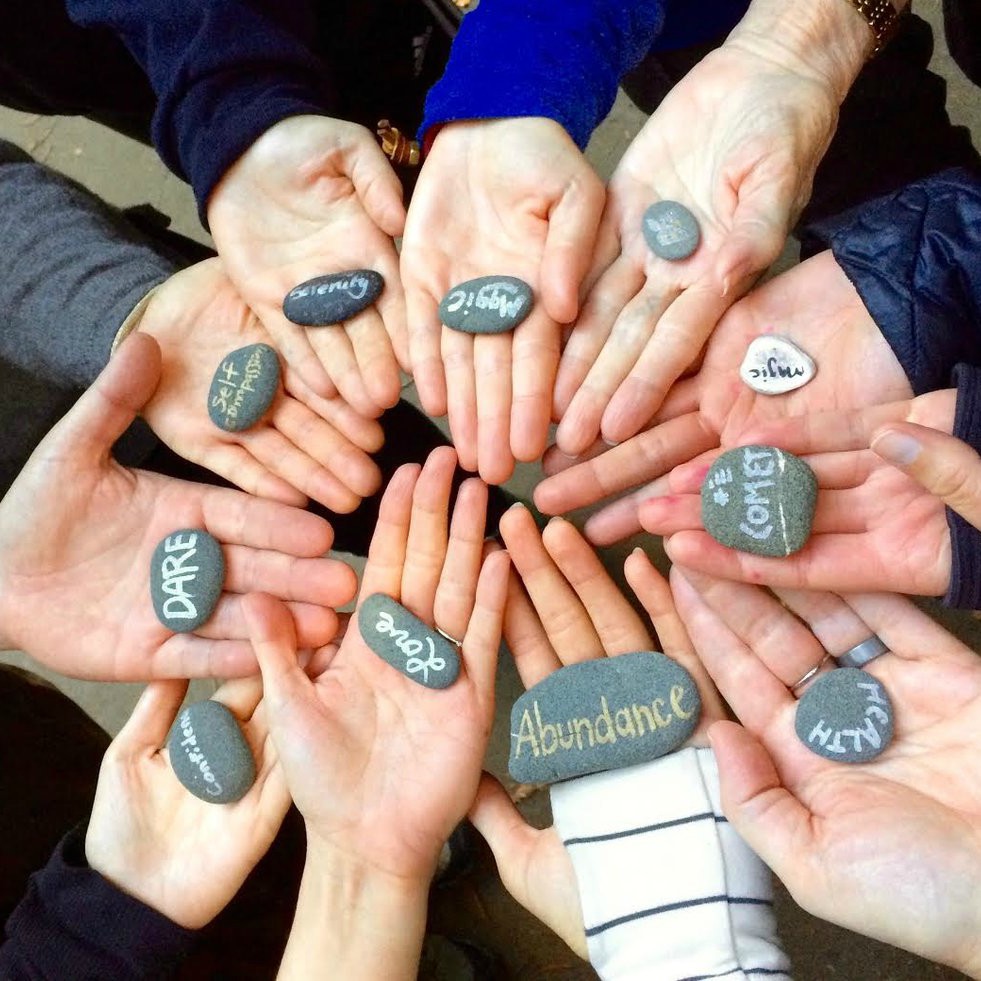How to Balance Dual Pitta-Vata Dosha with Yoga

A Pitta-Vata yoga balancing practice
Author: Heidi Harrabi
There are three doshas – Vata (air and ether), Kapha (water and earth), and Pitta (fire and water). Some people have one dominant dosha, some have two, and some have three in balance. Balancing your doshas is the only way to achieve health, wellness, and happiness.
Many things influence your doshas – the season, the foods you eat, the exercise you do, and so on. Different yoga poses can increase or decrease certain doshas, so you can use yoga to achieve a balance.
In this post, we’ll outline a yoga practice you can use if you have a Pitta-Vata dosha.
How to Balance a Pitta-Vata Dosha Using Yoga
Choose the Right Environment
Vata is cool and Pitta is heated, so you should practice yoga in a room with a moderate temperature.
Vata and Pitta both need a calming environment, so choose a space with subtle or natural light. You could also play some meditative music or use some calming mantras.
Set Your Intention
Before starting, set the intention that you will be fully present for your yoga practice.
Long exhalation cools Pitta and long inhalation calms Vata, so focus on your breath. Try to make your breaths in and breaths out the same length.
Then do some meditation and Pranayama in an easy seat or Lotus pose.
Focus on Presence
Practice the asanas slowly, focusing on stability, grounding, short holds, and fluidity.
Stay in your body, not in your mind. Don’t worry about perfection; just be present and aware of your breath.
Use This Sequence of Asanas
To balance a Pitta-Vata dosha, the asanas you practice should include forward folds, twists, and other grounding and stabilizing balancing poses. Try this sequence:
- Surya Namaskar A
- Warrior I
- Warrior II
- Extended Side Angle
- Triangle
- Revolved Extended Side Angle
- Half Moon
- Tree Pose
- Eagle
- Locust
- Bow Pose
- Child’s Pose
- Bridge Pose
- Wheel
- Shoulderstand
- Fish Pose
- Savasana
- Yogi Mudra
Other Ways to Balance Dual Pitta-Vata Dosha
Of course, yoga is just one approach you can use to balance your Pitta-Vasha dosha. You can also incorporate relaxed forms of exercise such as walking and swimming into your life, and change both when and what you eat.
Understanding Ahaṃkāra: The Ego Principle in Ayurveda
Unveiling Ahaṃkāra: Understanding the Ego Principle in Ayurveda In the profound and ancient science of Ayurveda, understanding the mind's complexities is as crucial as diagnosing the physical body. Among the intricate concepts of Ayurvedic psychology is the principle...

Ayurvedic Cleansing
Have you ever tried a detox diet, cleanse or fast only to feel worse than when you started? All of the new "Detox" diets and cleansing programs that are out there that promise that you'll feel better fast are really just new age hype to get you to spend your money on...

Why Building Agni is THE Most Important Health Priority
Like the sun to the earth, agni (meaning fire in sanskrit) is a source of life to the body. It must be present in the right places and in the right amount in order to bring about a state of health. Too little and our bodies are cold and digestion sluggish. Too much...



